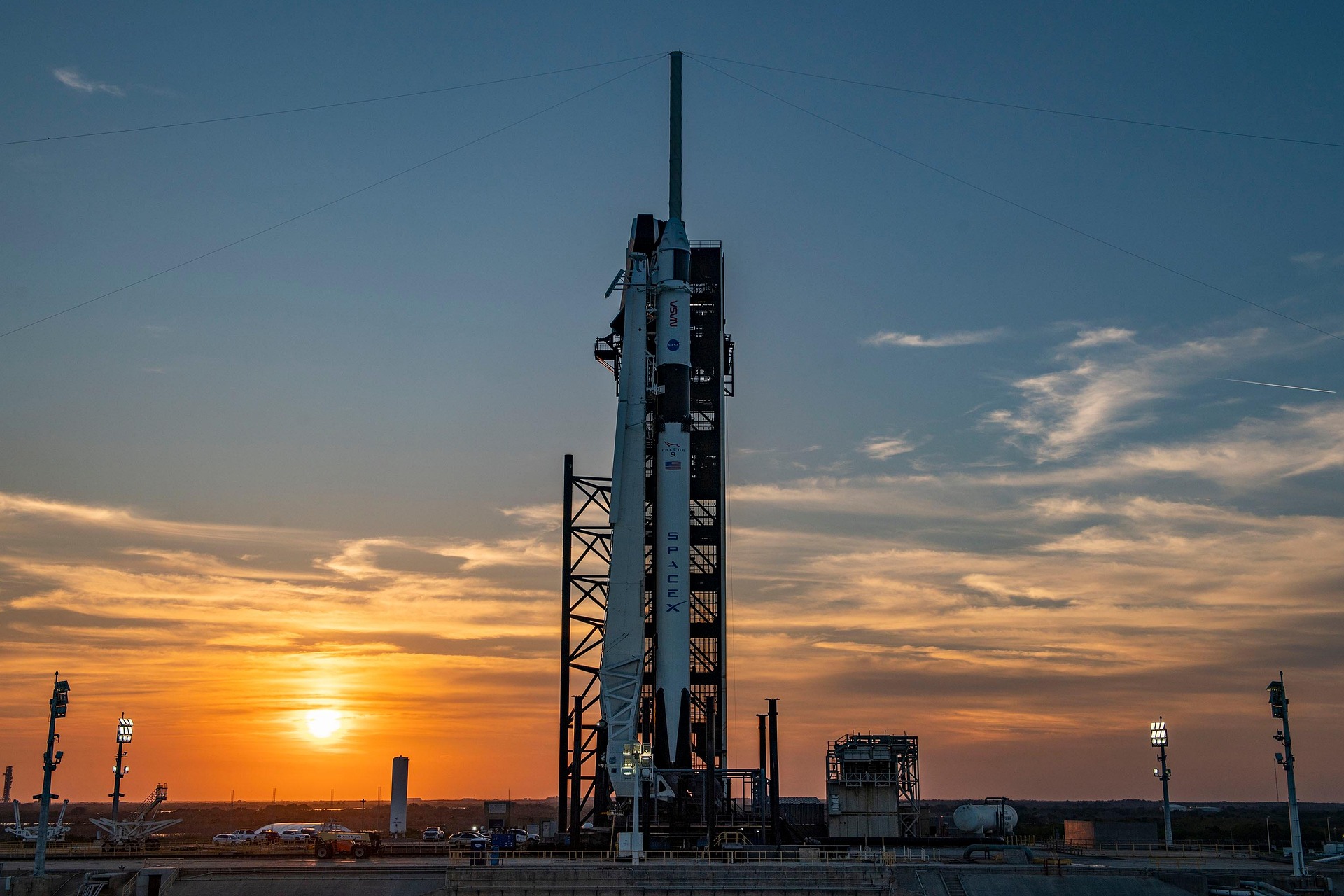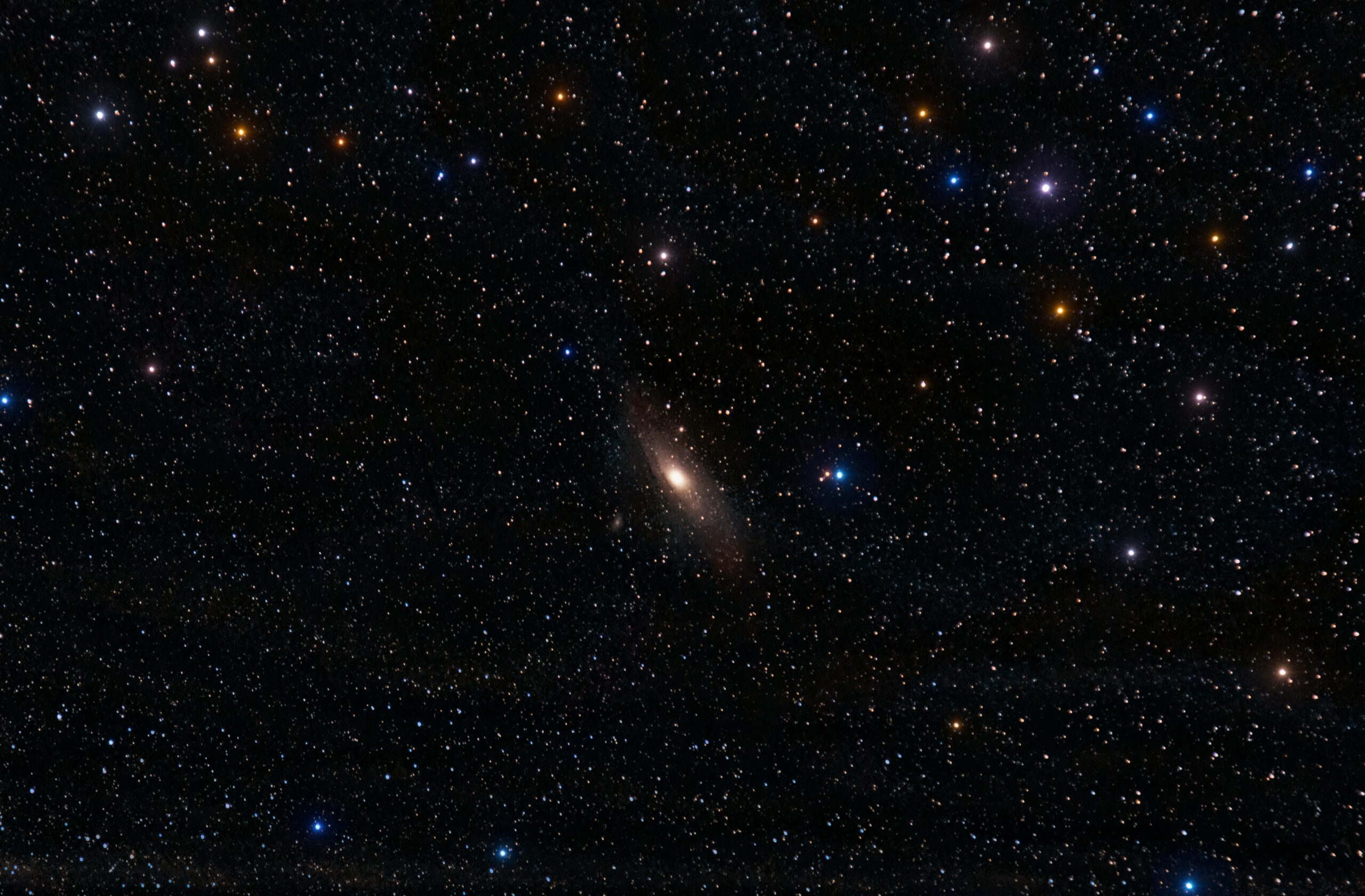The quest to find extraterrestrial life is one of the most profound scientific endeavors of our time. For decades, scientists have focused on the search for exoplanets—planets orbiting stars outside our solar system—hoping to find environments where life as we know it could exist. Recent advancements in exoplanet research have brought us closer than ever to answering the age-old question: Are we alone in the universe?
Exoplanet discoveries and the quest for habitable worlds
Exoplanet research has exploded in recent years, with missions like NASA’s Transiting Exoplanet Survey Satellite (TESS) and the European Space Agency’s Cheops satellite discovering thousands of new exoplanets. Many of these worlds are located in the so-called “habitable zone”—the region around a star where conditions might allow for liquid water, a key ingredient for life, to exist.
One of the most exciting recent discoveries came in 2020 when scientists confirmed the existence of an Earth-sized exoplanet in the habitable zone of the star Teegarden’s Star. Located just 12 light-years away from Earth, Teegarden b is a rocky planet with conditions that could potentially support life. This discovery is part of a growing list of potentially habitable exoplanets, which raises the tantalizing possibility that there might be life elsewhere in the universe.
NASA’s James Webb Space Telescope (JWST), launched in December 2021, is expected to dramatically enhance our ability to analyze the atmospheres of exoplanets. JWST’s advanced infrared capabilities will allow scientists to detect atmospheric components such as water vapor, methane, and carbon dioxide—key biomarkers that could hint at the presence of life. With its ability to look deeper into space and examine distant exoplanets in greater detail, JWST is expected to play a critical role in the search for alien life.
The role of atmospheres in the search for life
One of the primary methods researchers use to search for life on exoplanets is by studying the composition of their atmospheres. When an exoplanet passes in front of its host star, some of the star’s light filters through the planet’s atmosphere. By analyzing the starlight that passes through the atmosphere, scientists can detect the chemical fingerprints of various gases. The presence of gases like oxygen, methane, and nitrous oxide, for instance, could suggest biological activity, as these molecules are often produced by living organisms.
In 2022, a team of astronomers reported the detection of a rare combination of gases in the atmosphere of the exoplanet K2-18b, located about 110 light-years from Earth. The presence of methane and carbon dioxide, along with water vapor, raised the possibility that the planet could have the conditions necessary for life. While this discovery is still preliminary and requires further analysis, it represents a step forward in understanding what exoplanet atmospheres might reveal about habitability.
The challenge with this method, however, is that it requires incredibly precise measurements and often relies on indirect evidence. Many of the molecules associated with life are also produced by non-biological processes, such as volcanic activity or lightning. Therefore, detecting certain atmospheric chemicals does not necessarily confirm the presence of life—it simply indicates that the planet has the right conditions for life to possibly exist.
Technological advancements in exoplanet detection
The search for alien life has benefited greatly from advancements in technology. In addition to space-based telescopes like TESS and JWST, ground-based observatories have played a crucial role in detecting and characterizing exoplanets. Instruments like the Very Large Telescope (VLT) in Chile and the Keck Observatory in Hawaii are able to capture detailed images of distant exoplanets and analyze their atmospheres.
Another important technological breakthrough is the development of the method known as “direct imaging.” Unlike traditional methods that detect exoplanets by observing how they affect their parent stars, direct imaging captures actual pictures of exoplanets. This technique is particularly useful for studying large planets that are far from their stars, allowing scientists to study their composition, temperature, and potential habitability. Although still in its infancy, direct imaging is poised to revolutionize exoplanet research in the coming years.
The search for biosignatures and technosignatures
In addition to searching for signs of biological life in exoplanet atmospheres, scientists are also exploring the possibility of detecting “technosignatures”—evidence of advanced extraterrestrial civilizations. While the search for biosignatures (evidence of biological processes) focuses on microbial life or primitive organisms, the hunt for technosignatures seeks to detect technological activities, such as radio signals or artificial light emissions, that could indicate the presence of intelligent life.
Projects like the Search for Extraterrestrial Intelligence (SETI) have been scanning the skies for radio signals from distant civilizations for decades. While no definitive signals have been found, the advancement of AI and machine learning algorithms has improved the ability to analyze vast amounts of data, increasing the chances of detecting an artificial signal in the future. Additionally, new initiatives like the Breakthrough Listen project are expanding the search by focusing on a wider range of frequencies and looking for possible technosignatures in optical and infrared wavelengths.
The challenges ahead
Despite the exciting progress in exoplanet research, there are still significant challenges that stand in the way of confirming the existence of extraterrestrial life. First and foremost, the distances between Earth and potential alien worlds remain vast. Even the closest potentially habitable exoplanets are many light-years away, making direct exploration and detailed study difficult with current technology.
Moreover, the question of what constitutes “life” is still a matter of debate. Life on Earth relies on water, carbon-based molecules, and specific environmental conditions, but it is possible that life elsewhere could be based on entirely different biochemical processes. As a result, scientists must consider a wide variety of life forms and conditions when studying exoplanets.
Additionally, while there is growing evidence that the universe is teeming with potentially habitable planets, the fact remains that we have yet to detect definitive signs of life. As much as the discovery of an exoplanet with the right conditions for life excites scientists, it does not guarantee the existence of life itself. Future research and missions will need to focus on refining detection methods, exploring more planets, and looking for more definitive biosignatures.
The road ahead
As the search for alien life intensifies, the next few decades are poised to bring remarkable advancements in both exoplanet discovery and the search for biosignatures. The launch of the James Webb Space Telescope has opened up new possibilities for analyzing exoplanet atmospheres with unprecedented detail, while new ground-based telescopes continue to make groundbreaking discoveries.
While we may not yet have the definitive evidence that life exists beyond Earth, the ongoing research offers hope that we are moving closer to answering one of humanity’s most profound questions. Whether through detecting distant alien biosignatures or discovering advanced civilizations, the search for alien life remains one of the most exciting frontiers in modern science.





